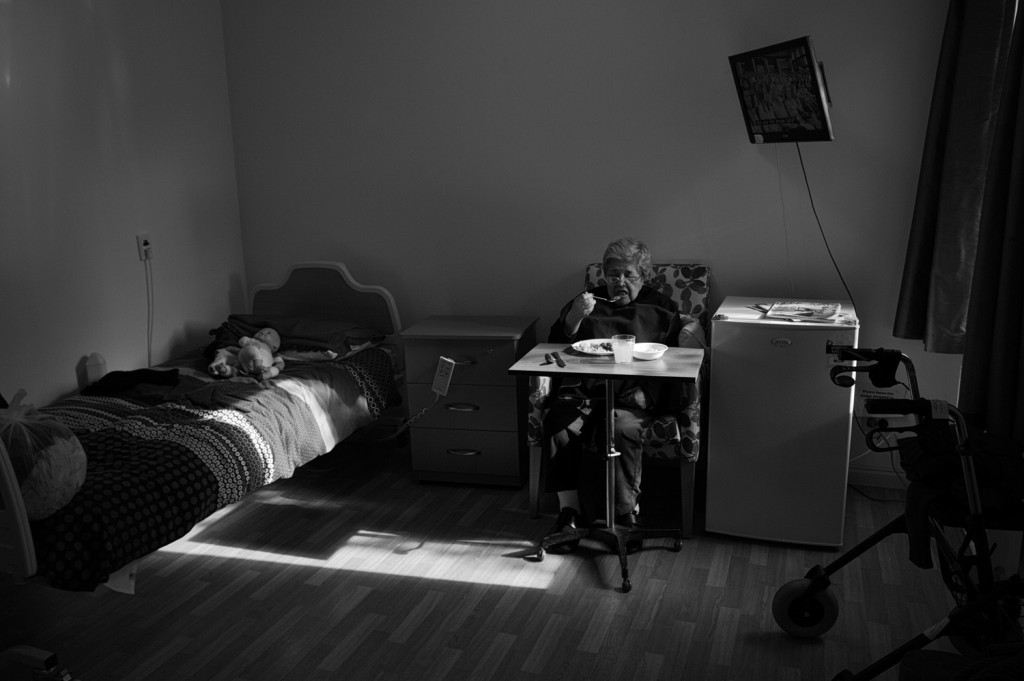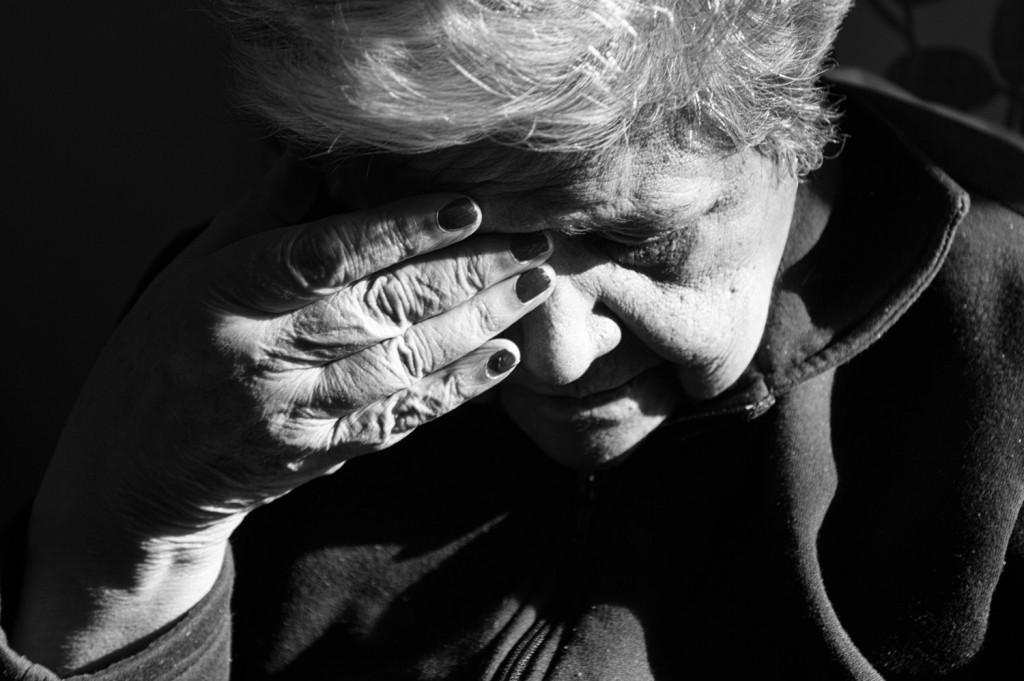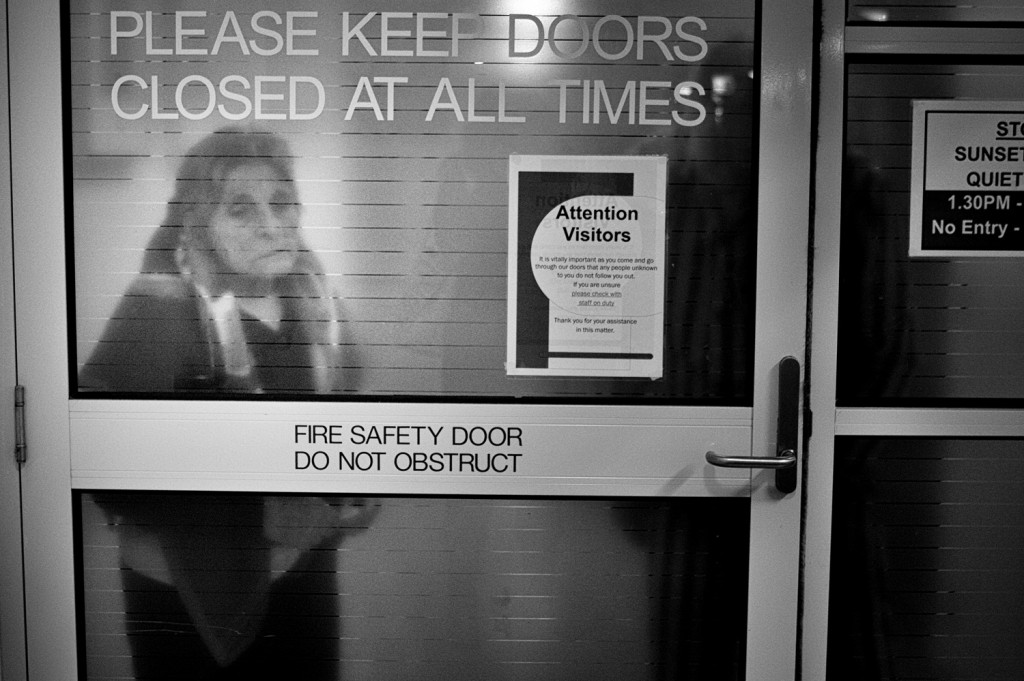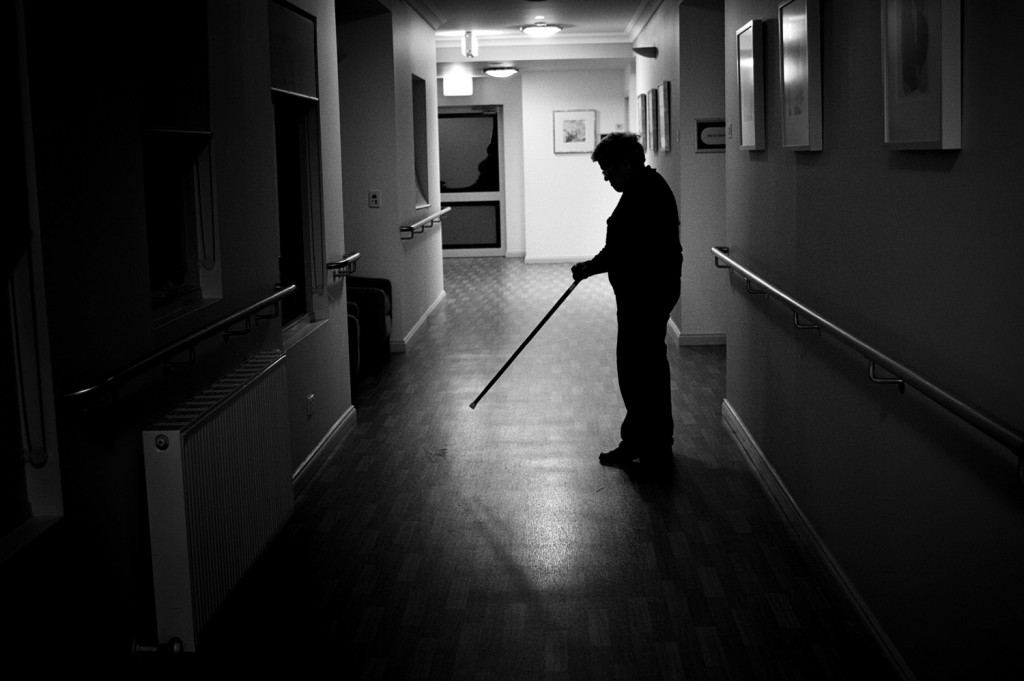
The aging population is an increasingly pressing issue in Australia. While as a society we tend to avoid speaking about these issues, it is our social responsibility to provide proper care for those who have contributed to society for decades. Yet there is a stigma around dementia and nursing homes in most cultures. What is more overlooked, is the multi-lingual migrant communities. When these elder migrants suffer from dementia, they lose their ability to communicate through their second or third language. Research shows that each language is developed and activated by different parts of the brain. Therefore it is not uncommon for multi-lingual dementia patients to lose all abilities to understand one particular language, as if it has never been learnt in the first place.
The loss of language is often more complex than losing the ability to communicate on a linguistic level. As language is developed within particular cultural contexts, when the ability to understand a language was lost, one’s understanding of the past would also be changed. Re-understanding a certain memory through a different part of the brain and in a different language significantly changes the cultural connotations and emotions that were originally experienced. Not only does this affect the person’s memories, but by extension his or her understanding of oneself.
Melbourne-based artist and photographer Daniela Rodriguez’s project ‘Silent Memories’ reveals these delicate issues around age care in the migrant communities, one that is often neglected by policy makers. Rodriguez’s ongoing project follows senior migrants with dementia in Australia, revealing some of the most distressing moments when one loses his or her ability to communicate in a second language (often in English). When one’s memories are altered and identity is lost due to an illness, how do we as a society provide for these communities? Peril spoke to the artist about her project.
How did you come to develop the project ‘Silent Memories’?
‘Silent Memories’ is an ongoing project about the lives of migrants in Australia living with dementia. It explores issues such as cultural isolation, language barriers, and the stigma of nursing homes in multicultural families. The project began over a year ago when I started photographing my grandmother Maria Celis, a Chilean, Spanish speaking migrant living with dementia.
She migrated to Australia in 1983 and the little English she learnt had completely vanished with her illness. Through visiting her I began to see that there were several issues begin faced by non-English speaking dementia patients and their families that were not being addressed, and I instantly felt that these stories needed to be told. These issues do not only concern migrants from Spanish speaking backgrounds but those from all non-English speaking backgrounds.
Through my own research I found that “By 2050 it is estimated that the numbers of people from non-English speaking backgrounds who have dementia will more than triple from 35,549 to 119,582. This large increase will require an increase in ethno-specific services.” (Access Economics, 2009a)
It is an important issue, one which I believe needs to be highlighted to ensure the multicultural aging population in Australia can access appropriate and quality care.
I have now completed two mini docs (documentaries) which include still images and video. The still images reflect on memory and migration, and how their cultural heritage is vastly different to the situation they find themselves in. The video interview aims to address how the families deal with having to place their parent into a facility that is completely foreign to them, and how they deal the stigma of nursing homes, which is so prevalent in multicultural communities.


What is the process of making ‘Silent Memories’? It seems to be an emotionally challenging project.
It is a very slow process. I have to gain their trust and make sure they are not uncomfortable with the camera. I have to somehow make myself invisible to capture that precise moment. And it is definitely emotionally challenging because there are also issues affecting me and my family right at this moment. But I think that when the issue is important – you have to move beyond it. So the story can be told and I can possibly make a difference.
Losing a language is more than just losing the ability to communicate. In so many ways it changes one’s identity.. Is this something you’re trying to explore as well?
Yes definitely. Language place such a large part in who you are. It communicates your life history, cultural and family stories, which together make up your identity. I want to explore issues of cultural isolation, but also the loss of identity through the lack of communication and understanding between patient and carer. If the carers didn’t understand the non-English speaking patients, how could they treat them as real people?
Is the topic around aging and death a particularly hard topic because it is a bit of a taboo?
I think there is a taboo around aging and death and especially when it is combined with a mental illness such as dementia – especially in non-English speaking families because of the stigma around nursing homes.


What are you hoping to get out of this project? How would you like the audience to respond?
I would like these stories and experiences to be heard, hoping that the issues could be addressed. Australia has an aging population with a large multicultural numbers, the issues facing our aging migrants should be high on the agenda of our community leaders and policy makers so that there is appropriate care. As an artist, I would like people to explore these confronting issues through my images, and maybe attract new audiences to the arts by discussing these real stories, real experiences and real people.
—
Daniela Rodriguez is currently looking for more participants to share their stories.
To find out more about ‘Silent Memories’ or to participate, please visit: http://www.danielarodriguez.com.au/gallery/silent-memories/

